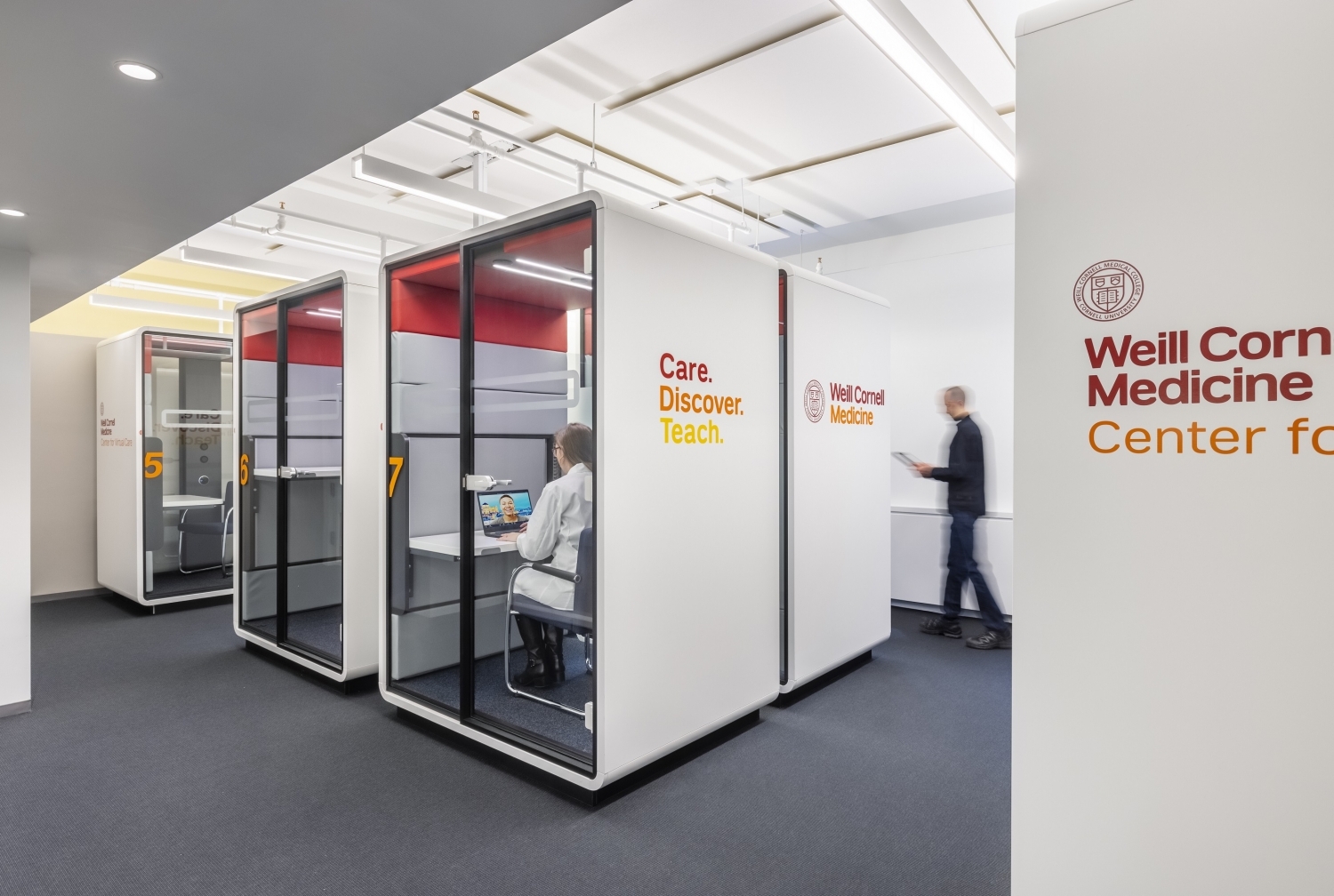With in-person teaching in hospital and clinic settings suspended as the COVID-19 pandemic emerged, Weill Cornell Medical College swiftly designed innovative telehealth courses that enabled medical students to take part in remote patient care while also positioning them for post-pandemic careers with expanded digital healthcare options.
The development of real-time, interactive telehealth experience (RITE) courses for medical students, led by Dr. Joseph Safdieh, Gertrude Feil Associate Dean of Curricular Affairs, and Dr. Yoon Kang, Richard P. Cohen, MD, Associate Professor of Medical Education and senior associate dean for education, allowed students to safely participate in critical clinical care activities and complete rotations in several medical specialties during the height of the pandemic, according to a paper authored by six Weill Cornell Medicine faculty members and published April 22 in Medical Education Online.
“The pandemic created a need to rapidly incorporate telehealth models to continue to deliver patient care and an opportunity to develop innovative remote educational experiences,” wrote the authors.
“This expanded telehealth curriculum will provide standardized training in telehealth logistics, communication techniques, and care delivery now essential for graduating medical students,” they wrote.
Before the pandemic, Weill Cornell Medical College already offered telemedicine classes, but few enabled students to apply their learning to direct virtual patient care. In late March 2020, administrators requested faculty proposals for RITE courses, requiring they incorporate key aspects such remote care, supervision activities and measurable achievement standards.
Each RITE course was four weeks and included patient care activities in outpatient and inpatient medicine, psychiatry, and women’s health. Crucially, medical students contributed to COVID-19 team care by maintaining virtual contact with hospital patients suspected of or testing positive for the virus during a time when no visitors were allowed, later being assigned to recovering patients. Medical students also supported front-line care through remote clinical tasks.
“Real-time development and implementation of a telehealth program for medical students . . . was borne out of necessity due to COVID-19 and can inform processes at other schools,” the authors concluded. “Even after the COVID-19 crisis has passed, we anticipate that aspects of these interactive telehealth experiences will be formalized into our core clinical curriculum.”
Corresponding author: Dr. Joseph Safdieh

